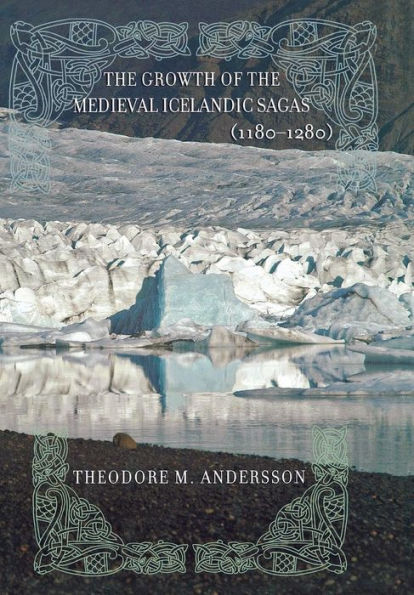The early sagas—including The Legendary Saga of Saint Olaf and Odd Snorrason's Saga of Olaf Tryggvason—focus on conspicuous individuals and their memorable deeds; later works are more apt to formulate the abstract problems and ideas that preoccupied their authors. As the authors begin to impose their views on the inherited narratives, the sagas become more and more critical and self-conscious, to the point where Njáls saga may be considered not only to approximate a novel in our sense of the term but also to comment on the saga form.
The early sagas—including The Legendary Saga of Saint Olaf and Odd Snorrason's Saga of Olaf Tryggvason—focus on conspicuous individuals and their memorable deeds; later works are more apt to formulate the abstract problems and ideas that preoccupied their authors. As the authors begin to impose their views on the inherited narratives, the sagas become more and more critical and self-conscious, to the point where Njáls saga may be considered not only to approximate a novel in our sense of the term but also to comment on the saga form.

The Growth of the Medieval Icelandic Sagas (1180-1280)
248
The Growth of the Medieval Icelandic Sagas (1180-1280)
248Related collections and offers

Product Details
| ISBN-13: | 9780801444081 |
|---|---|
| Publisher: | Cornell University Press |
| Publication date: | 04/15/2006 |
| Pages: | 248 |
| Product dimensions: | 6.00(w) x 9.00(h) x 0.94(d) |
| Age Range: | 18 Years |
